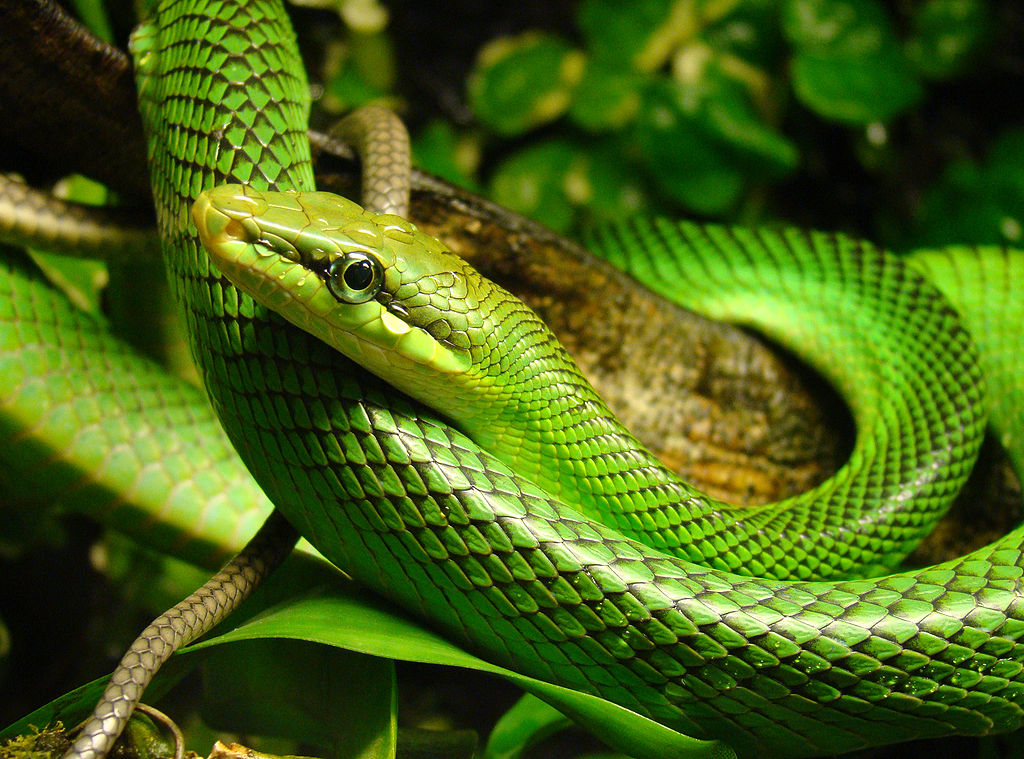When managing reptile collections in zoos, wildlife centers, or educational facilities, introducing a new snake to a shared exhibit requires careful planning, expertise, and patience. This delicate process balances the physical and psychological needs of all animals involved while maintaining safety and promoting natural behaviors. Whether you’re a professional herpetologist or a facility manager overseeing reptile habitats, proper introduction techniques are essential to prevent stress, aggression, and potential injury. This comprehensive guide explores the methodical approach needed to successfully integrate a new snake into an existing exhibit with other compatible reptiles.
Understanding Snake Behavior and Social Dynamics
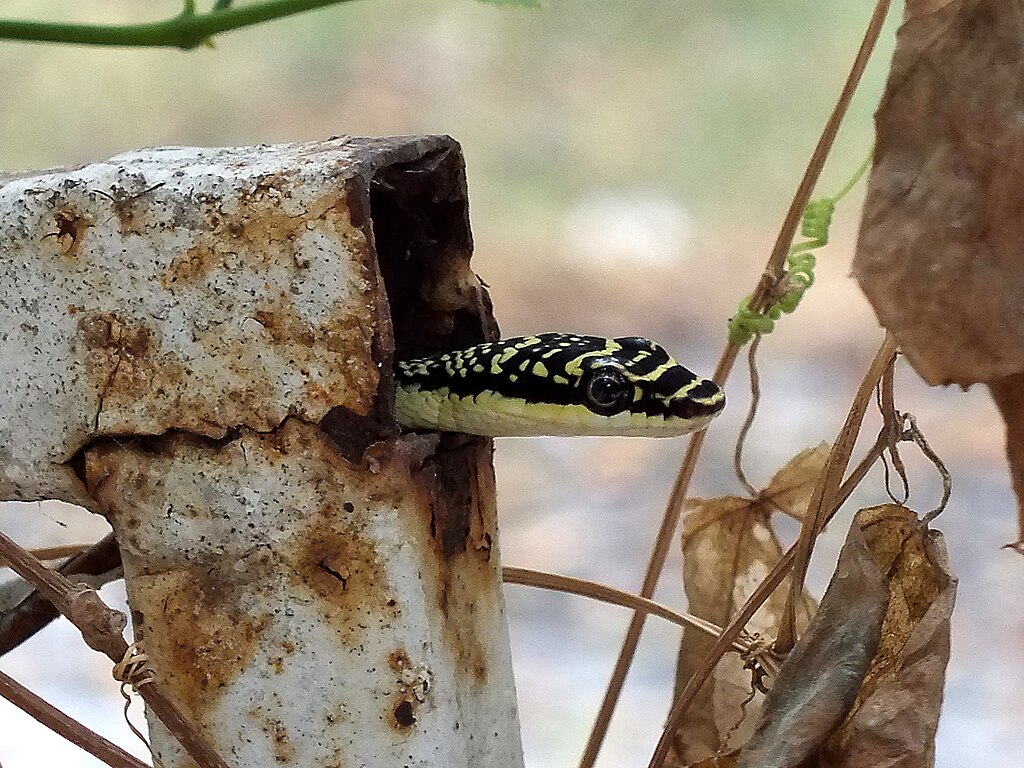
Unlike many mammals, snakes are not inherently social creatures and typically don’t form bonds or hierarchies in the traditional sense. Most species are solitary in the wild, coming together primarily for breeding purposes and occasionally for thermoregulation in certain environments. This natural solitary tendency means that forcing social situations can create significant stress for the animals involved. However, under proper conditions and with compatible species, many snakes can peacefully cohabitate in captivity when given adequate space, resources, and hiding spots. Understanding the baseline behavior patterns of the specific species involved is crucial before attempting any introduction, as some species are more territorial or aggressive than others, regardless of environmental conditions.
Selecting Compatible Snake Species
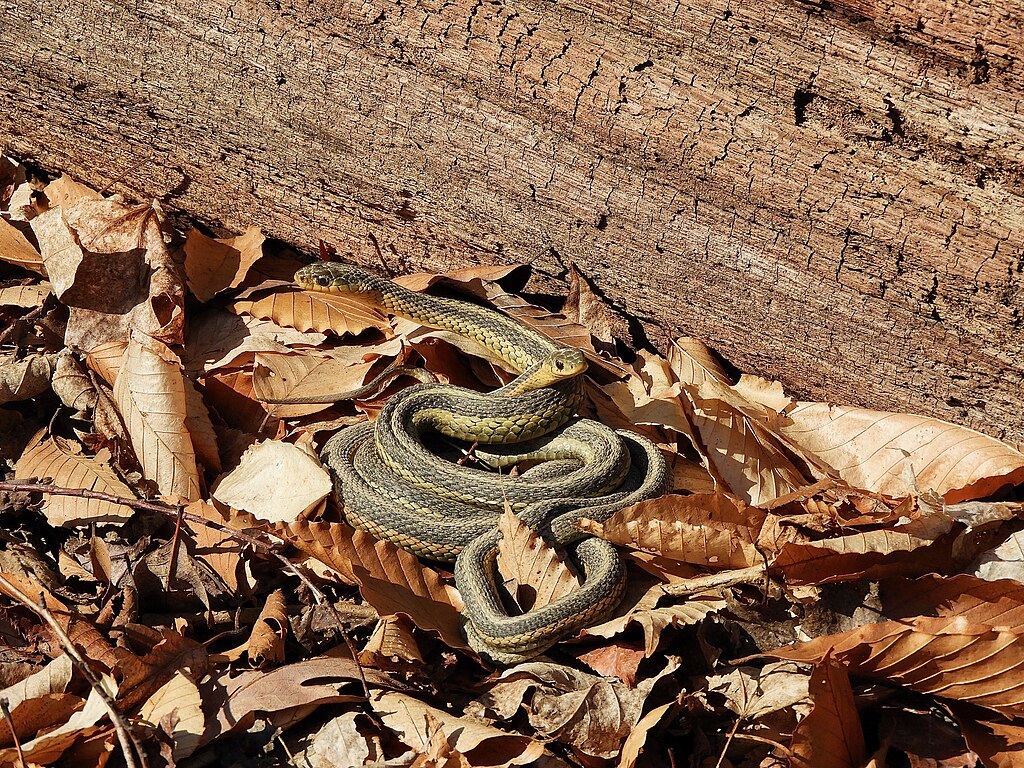
Not all snake species can coexist peacefully, making proper selection the foundation of successful shared exhibits. Generally, housing different species of constrictors together or different species of venomous snakes together should be avoided due to significant differences in hunting strategies, temperament, and potential for predatory interactions. Species from similar geographic regions and ecological niches often make better companions, though exceptions exist. For instance, certain ratsnakes may cohabitate successfully with king snakes of appropriate size ratios, while certain python species of similar size and temperament might share space effectively. Avoid housing snakes with significant size disparities, as larger specimens may view smaller ones as prey regardless of species. Research each prospective species thoroughly, consulting with experienced herpetologists who have successfully maintained multi-species exhibits.
Proper Quarantine Procedures

Before any introduction, thorough quarantine procedures must be implemented to protect all animals involved. New acquisitions should be isolated for a minimum of 30-60 days in a separate enclosure, preferably in a different room from the main collection. During this period, conduct comprehensive health screenings including fecal examinations for parasites, checking for respiratory infections, and observing for any abnormal behaviors or feeding responses. Even snakes from reputable sources require quarantine, as many reptile pathogens can remain dormant or asymptomatic initially. Maintain strict biosecurity protocols, including dedicated tools and equipment for the quarantine area, hand washing between handling different animals, and careful disinfection procedures. Only after receiving a clean bill of health from a veterinarian with reptile experience should the introduction process begin.
Designing an Appropriate Shared Habitat

Successful cohabitation largely depends on the enclosure design, which must accommodate the natural behaviors and needs of all inhabitants. The habitat should be significantly larger than what would be appropriate for a single snake, with experts often recommending at least doubling the space requirements. Include multiple basking spots, water sources, and feeding stations to reduce competition and territorial disputes. Creating distinct microhabitats within the exhibit allows each snake to establish its preferred territory while providing numerous visual barriers through plants, rocks, logs, and other structures that break line of sight. Temperature and humidity gradients should accommodate all species’ requirements, which is why choosing snakes with similar environmental needs simplifies management. The enclosure should also feature multiple secure hide boxes positioned throughout different temperature zones, allowing all inhabitants to retreat and thermoregulate comfortably.
Gradual Introduction Techniques
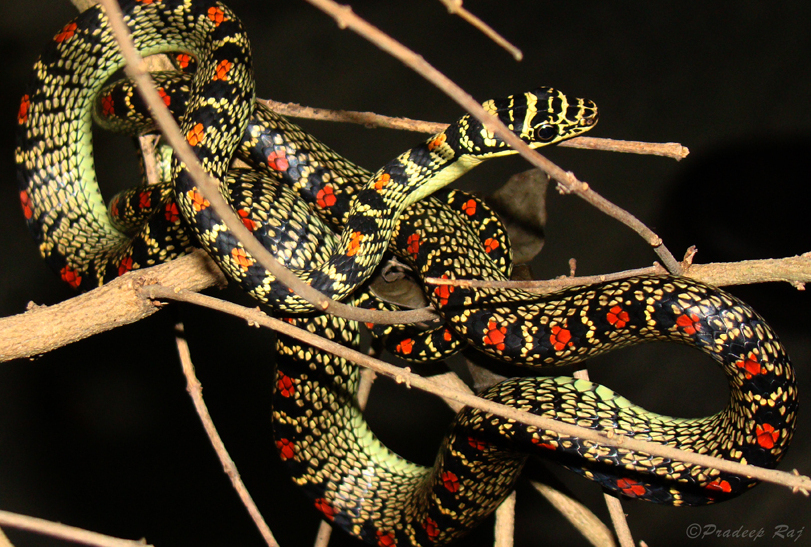
Introducing snakes directly into a shared space often leads to conflict, stress, and potential injury. Instead, implement a gradual familiarization process that allows the animals to acclimate to each other’s presence. Begin with scent introduction by swapping bedding materials between the resident snake’s enclosure and the newcomer’s quarantine habitat, allowing them to become familiar with each other’s pheromones without direct contact. Next, consider rotating the snakes through the shared exhibit individually, giving each time to explore and leave their scent markings without confrontation. Some facilities use mesh dividers or clear plastic barriers within the main enclosure to allow visual contact without physical interaction for several days to weeks. Monitor behavioral responses during each stage, looking for signs of stress or aggression before proceeding to the next phase.
Monitoring Initial Interaction
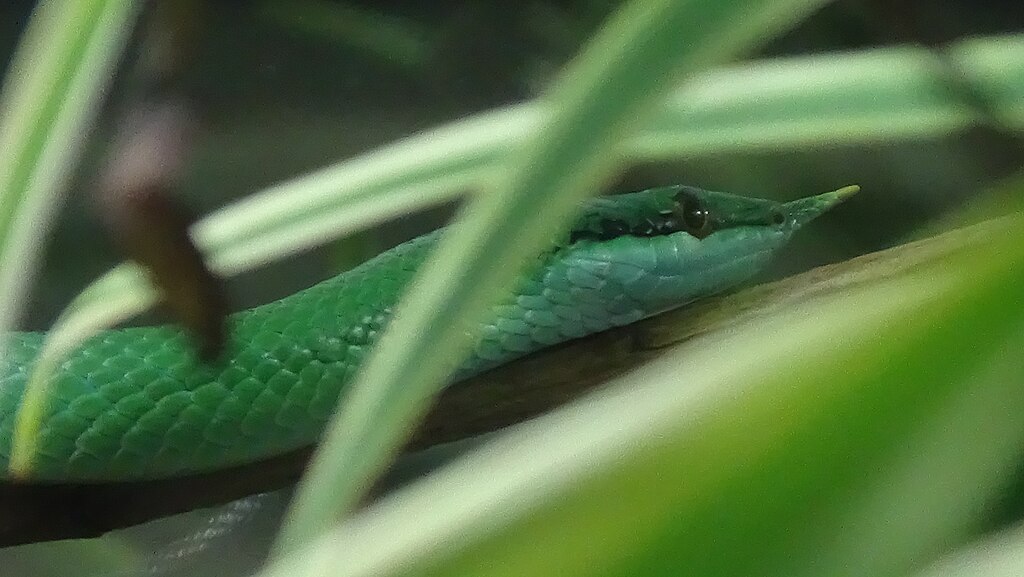
The first face-to-face meeting between snakes requires careful supervision and preparation for immediate intervention if necessary. Choose a neutral time when neither snake is in shed, digesting a meal, or preparing to feed, as these conditions can increase aggression or vulnerability. The initial introduction should occur in the shared exhibit after it has been thoroughly cleaned and rearranged to eliminate established territory markings. Place both snakes at opposite ends of the enclosure simultaneously, allowing them to explore at their own pace. Never force interaction, as natural curiosity will eventually lead to awareness of each other. Remain present for the entire first meeting, which should be limited to 30-60 minutes, observing body language and behavior closely. Have snake hooks, gloves, and separate temporary enclosures ready to quickly separate the animals if aggressive displays occur.
Recognizing Signs of Stress and Aggression

Successfully managing a shared exhibit depends on your ability to interpret subtle behavioral cues that indicate stress or potential conflict. Defensive posturing such as elevated head positioning, flattening of the neck, hissing, or striking gestures indicates immediate discomfort and potential aggression. More subtle stress indicators include excessive hiding, reduced feeding response, abnormal defecation patterns, increased tongue flicking, or unusual movement patterns such as constantly traversing the perimeter of the enclosure. Physical symptoms may include regurgitation of meals, weight loss, or abnormal shedding patterns like partial or difficult sheds. Some species-specific behaviors, such as tail vibrating in certain rattlesnakes or hood spreading in cobras and some colubrids, also indicate agitation. At the first sign of persistent stress behaviors, separate the animals and reassess compatibility.
Feeding Strategies for Shared Enclosures

Feeding time presents the highest risk of conflict in shared snake exhibits, as the presence of prey stimulates hunting instincts that can redirect toward tank mates. Individual feeding in separate temporary enclosures is the safest method, removing each snake during feeding and returning it only after it has fully swallowed its meal. If this approach isn’t feasible, feeding in opposite ends of the exhibit with supervision may work, though this requires careful monitoring to prevent food competition. Stagger feeding schedules so only one snake receives food on a given day, reducing feeding response triggers in the environment. Use tools like feeding tongs to control prey placement and prevent accidental bites or constriction of tank mates mistaken for prey during feeding excitement. Always record feeding responses for each individual to track health and ensure all animals are receiving adequate nutrition without competition.
Managing Breeding Behaviors
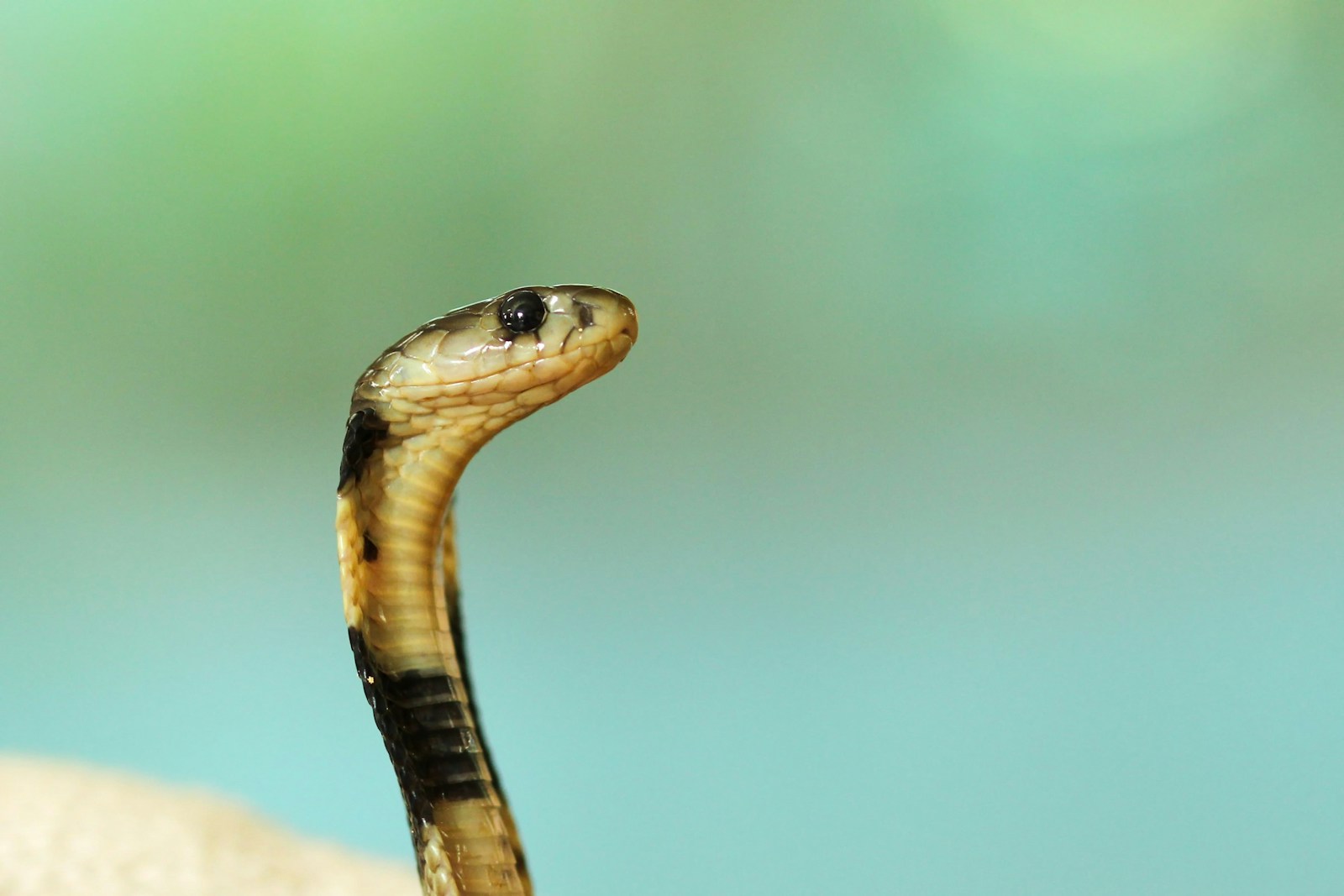
Many communal exhibits eventually encounter breeding-related behaviors, even when not intentionally paired for reproduction. Males of the same species may compete aggressively during breeding seasons, while mixed-sex groups may engage in breeding activities that stress females through persistent courtship. Some species become highly territorial or aggressive during reproductive cycles, necessitating temporary separation. Create a seasonal management plan based on the natural breeding cycles of your specific species, anticipating behavioral changes during these periods. If breeding is not desired, temperature cycling and photoperiod manipulation can sometimes reduce reproductive behaviors, though this varies by species. In exhibits containing multiple species, be aware that breeding seasons may differ, requiring different management strategies throughout the year for each inhabitant.
Regular Health Assessments

Shared environments increase the risk of disease transmission and injury, making routine health monitoring essential for all inhabitants. Establish a regular schedule for visual examinations, looking for changes in body condition, skin integrity, respiration rate, and overall activity level. Document any unusual behaviors or physical changes, no matter how minor they seem initially. Weigh each snake monthly to track growth patterns and detect early weight loss that might indicate stress or illness. Consider implementing regular fecal parasite screenings every 3-6 months, as parasitic loads can increase more rapidly in shared quarters. Develop a relationship with a veterinarian experienced in reptile medicine who can provide guidance specific to your collection and perform preventative health examinations annually.
Long-term Habitat Maintenance

Shared enclosures require more frequent and thorough maintenance than single-species habitats due to increased waste production and use of resources. Develop a consistent cleaning protocol that includes daily spot cleaning of waste and uneaten food, weekly disinfection of water sources and feeding areas, and monthly deep cleaning of substrates and décor. Maintain careful records of environmental parameters, checking temperature and humidity levels twice daily to ensure they remain within appropriate ranges for all species. Inspect habitat features regularly for wear that could create hazards, such as loose bark that might trap a snake or damaged heating elements that could cause burns. Replace or rotate enrichment items periodically to maintain environmental stimulation while preserving familiar security elements that reduce stress.
When to Separate Incompatible Snakes
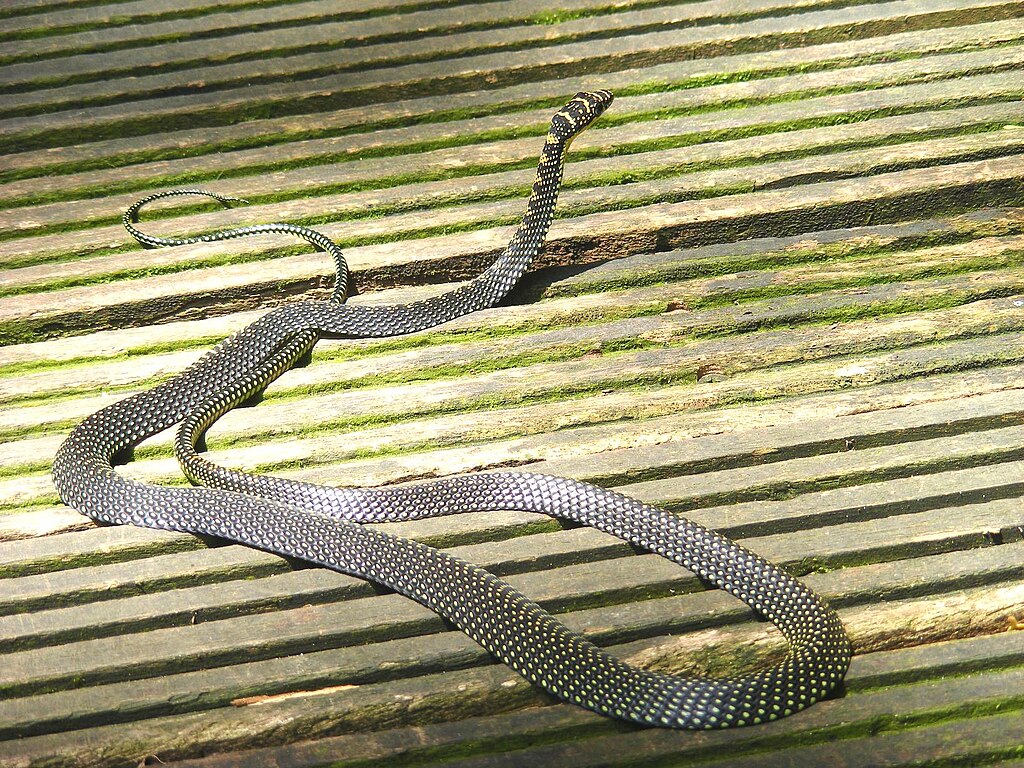
Despite careful planning and management, some snake combinations simply prove incompatible over time, requiring permanent separation. Persistent signs of stress in any individual, regardless of duration of cohabitation, indicate that the current arrangement isn’t successful. Repeated aggressive encounters, even if they don’t result in injury, suggest fundamental incompatibility that will likely escalate over time. Significant changes in feeding behavior, such as one snake consistently refusing meals while the other eats normally, often indicate stress from cohabitation. Physical injuries of any kind, no matter how minor they appear, should prompt immediate separation and reevaluation of the exhibit strategy. Remember that prioritizing animal welfare sometimes means acknowledging that a planned shared exhibit isn’t viable despite best efforts.
Education and Public Perception Considerations
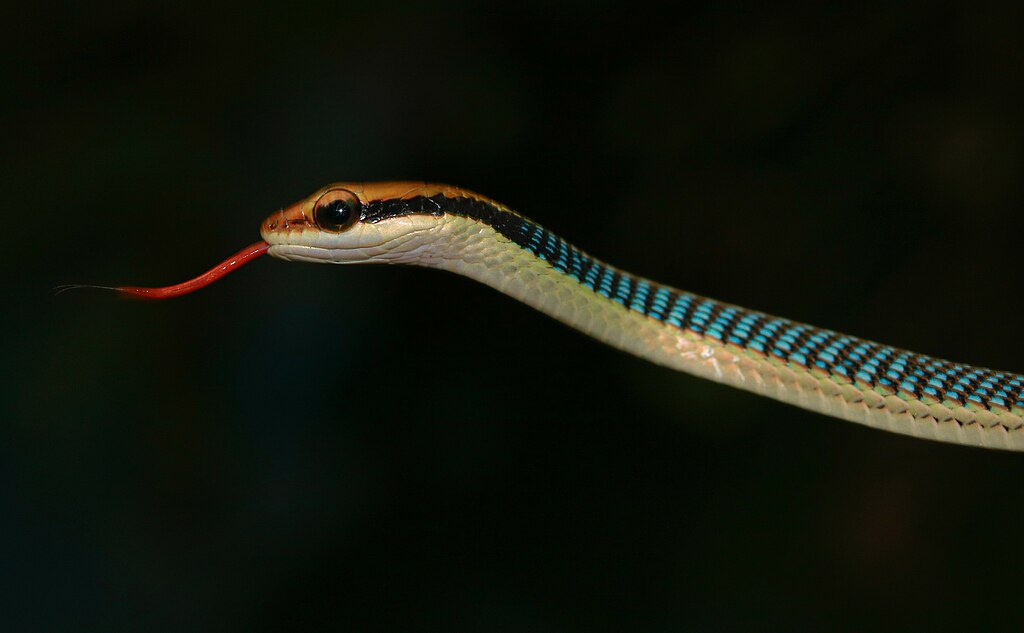
For exhibits in public-facing facilities, carefully consider the educational messaging and visitor perception of multi-species habitats. Provide clear interpretive materials explaining why certain species are housed together and how this arrangement relates to their natural ecology. Address common misconceptions about snake behavior and sociability to prevent visitors from attempting to recreate potentially dangerous combinations in home collections. Train staff to explain the extensive preparation, monitoring, and specialized care that makes successful cohabitation possible in a professional setting. Consider the ethical implications of display choices, ensuring that educational benefits justify any challenges to the animals. Remember that public exhibits influence how visitors understand reptile care standards, making it essential that shared exhibits demonstrate exemplary husbandry practices.
Conclusion
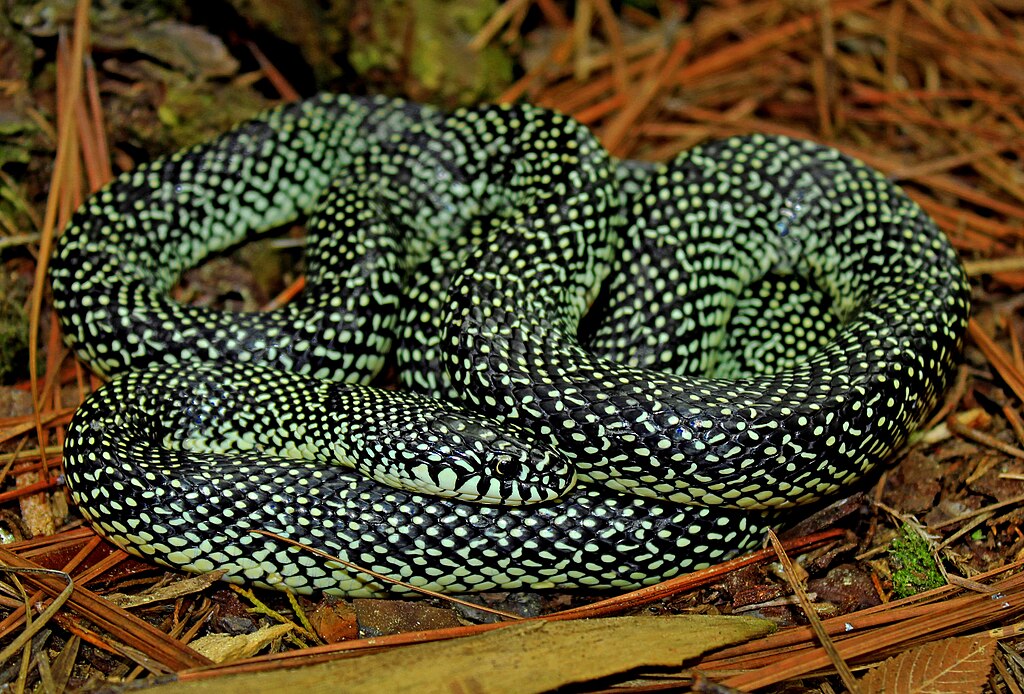
Successfully introducing a snake to a shared exhibit requires a blend of scientific knowledge, patience, and attentive management. By understanding species compatibility, creating appropriate habitats, implementing gradual introductions, and maintaining vigilant monitoring, facilities can create effective multi-species displays that support animal welfare while achieving educational or conservation goals. Remember that each introduction is unique, requiring flexible approaches based on individual animal temperaments and behaviors. Prioritize animal welfare above all other considerations, being willing to adjust plans or separate incompatible individuals when necessary. With proper preparation and ongoing care, shared snake exhibits can provide enriching environments for the animals and valuable educational experiences for observers.

